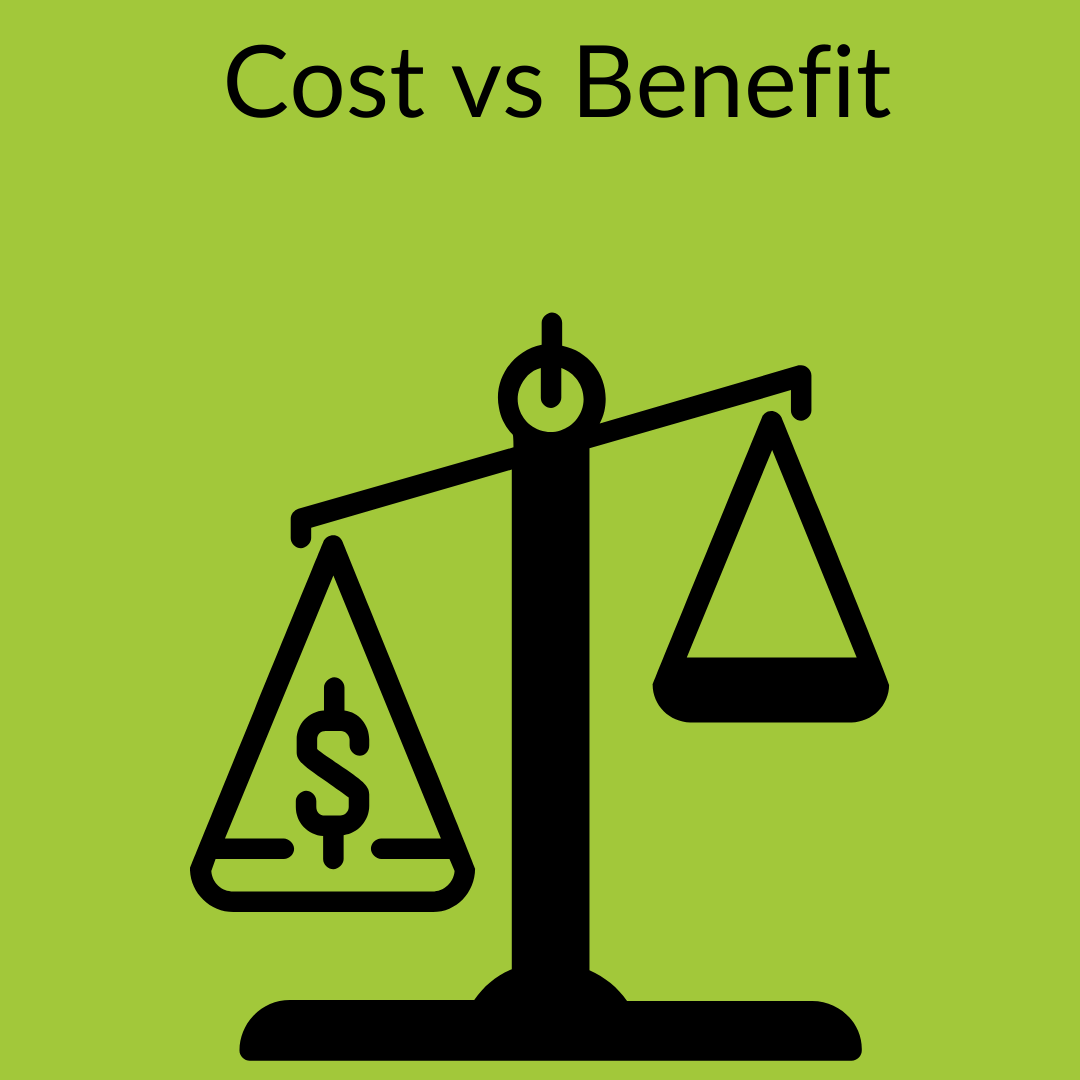HHS Secretary Kathleen Sebelius announced recently a final rule establishing a health plan identifier (HPID), that officials say will boost standardization within HIPAA transactions and increase the efficiency of health billing processes.
The final rule, established by the Office of E-Health Standards and Services (OESS), also includes a data element that functions as an "other identity" identifier (OEID), which is designated for non-health-related entities or individuals that still need to be identified for standard transactions.
The rule is one of a series of changes required by the Affordable Care Act to cut red tape in the health care system and will save up to $6 billion over ten years, according to HHS officials.
"These new standards are a part of our efforts to help providers and health plans spend less time filling out paperwork and more time seeing their patients," said Secretary of Health and Human Services Kathleen Sebelius in a press release.
Currently, when a care provider bills a health plan, that plan may use a wide range of different identifiers that do not have a standard format. Officials say this results in health care providers running into several time-consuming problems, such as misrouting of transactions, rejection of transactions due to insurance identification errors, and difficulty determining patient eligibility. HHS officials say this new rule will greatly simplify these processes.
HHS says the primary purpose of the HPID and the OEID is for use in the HIPAA standard transactions. The most significant benefit of the HPID and the OEID is that they will increase standardization within the HIPAA standard transactions.
"The adoption of the HPID and the OEID will increase standardization within HIPAA standard transactions and provide a platform for other regulatory and industry initiatives," HHS wrote in the final rule summary. "Their adoption will allow for a higher level of automation for health care provider offices, particularly for provider processing of billing and insurance-related tasks, eligibility responses from health plans, and remittance advice that describes health care claim payments."

Cost and Benefits
The HPID is expected to benefit health care providers, producing savings from two indirect consequences of the implementation of the HPID: the cost avoidance of a decrease in administrative time spent by physician practices interacting with health plans, and a material cost savings through automation of processes for every transaction that moves from a manual transaction to an electronic transaction.
Over ten years, the projected net savings of implementing HPID for the entire health care industry is approximately $1.3 billion to $6 billion.
Compliance Requirements
Health plans, excluding small health plans, are required to obtain HPIDs by two years after the effective date, in 2014. Small health plans are required to obtain HPIDs three years after the effective date, in 2015. All covered entities are required to use HPIDs where they identify health plans that have HPIDs in standard transactions four years after the effective date, in 2016.There will be more to come regarding this new rule. We will keep you informed on how it applies to you in your practice. Stay tuned!

